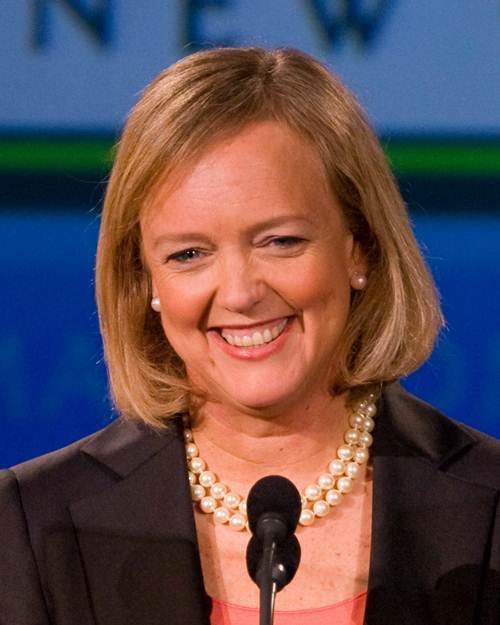
A few weeks ago, EE – formerly ‘Everything Everywhere’, the joint venture company behind T-Mobile and Orange in the UK – invited us to the announcement of their new 4G LTE service, becoming the first carrier to offer such a service in the UK. But while there was plenty of information to take away from that event, not everything was revealed on the day – the question of when the service would become available remained unanswered.
But EE’s chief executive, Olaf Swantee, has now confirmed that ten British cities will see the launch of 4G services on 30 October, with that number growing to sixteen by the end of the year:

The company also announced that its first 4G-ready devices are now available for consumers and business customers to purchase from T-Mobile and Orange stores, online and via the company’s call centres. Customers will be able to use 4G-ready handsets straight away on the company’s existing 3G network, and will be upgraded to “a new superfast EE 4G plan” when they become available. The following devices are available to buy right now:
- Apple iPhone 5
- Samsung Galaxy S III LTE
- HTC One XL
- Huawei Ascend P1 LTE
EE added that the Samsung Galaxy Note II LTE – a device not mentioned at the announcement last month – will also join the line-up of 4G-ready handsets available to buy on 15 October.
But two notable omissions from the list of available devices are the Nokia Lumia 920 and Lumia 820. The carrier announced last month that it would be offering both devices, but as Nokia has still not officially confirmed when the two new Windows Phone 8 handsets will become available, EE has apparently been left unable to even open pre-orders for the devices at this stage.
Olaf Swantee stated: “This is a significant milestone for the United Kingdom, and for the people and businesses of our country who will now be able to enjoy the huge advantages of superfast 4G technology for the first time.” The company also reiterated its promise that a third of the UK population will be able to connect to 4G LTE services by the end of 2012, expanding to 98% population coverage by 2014.
















12 Comments - Add comment